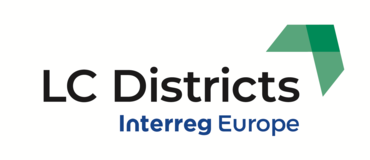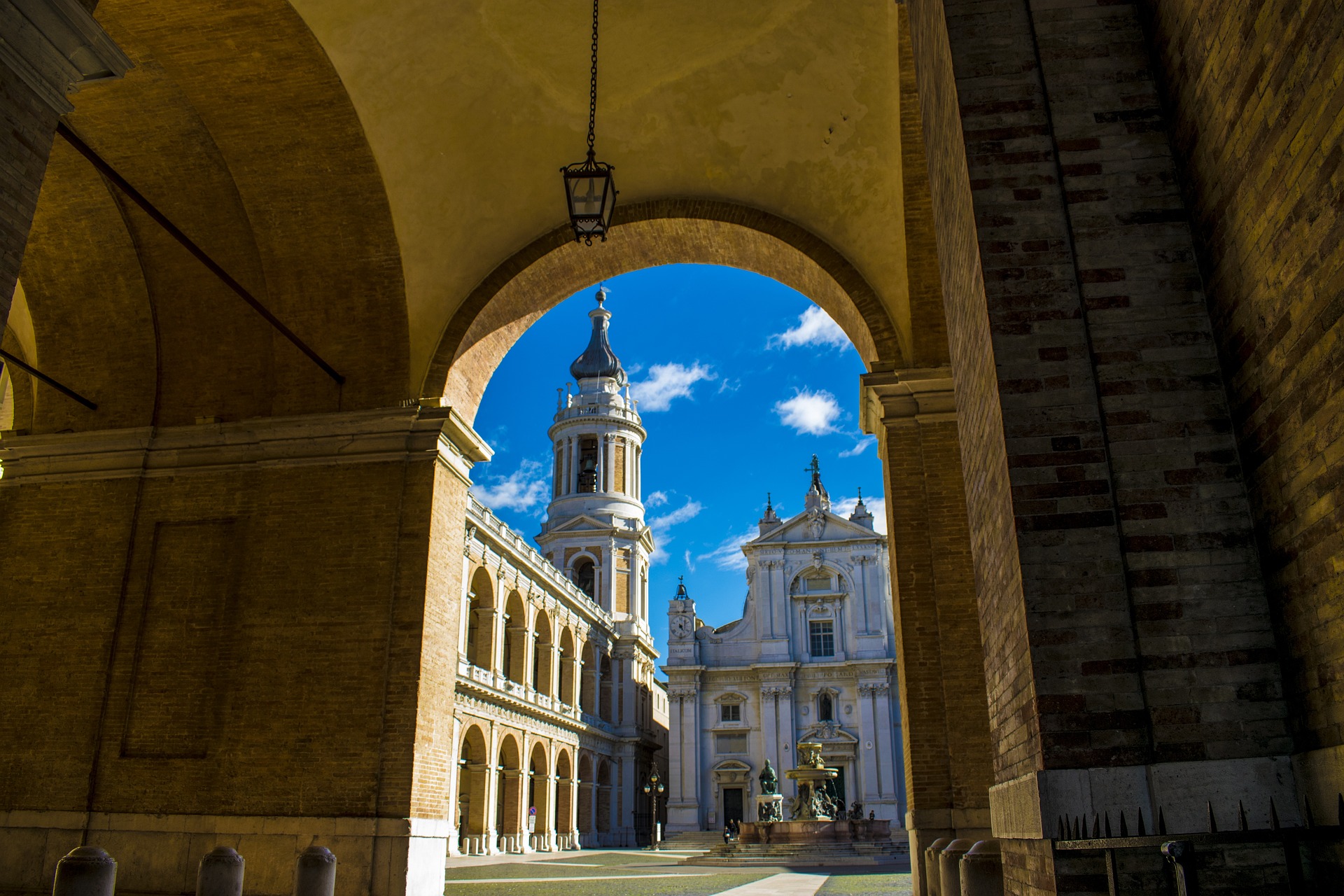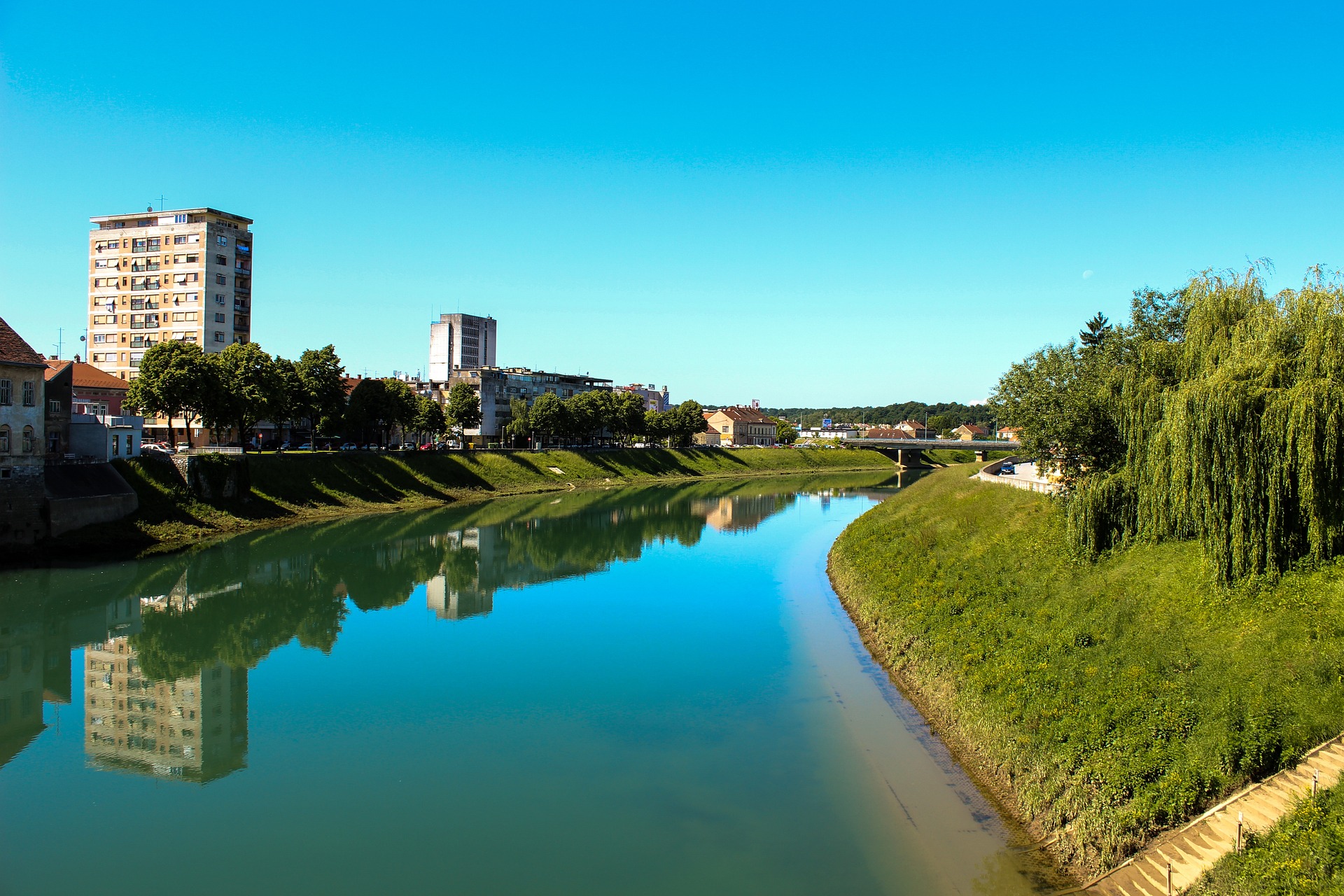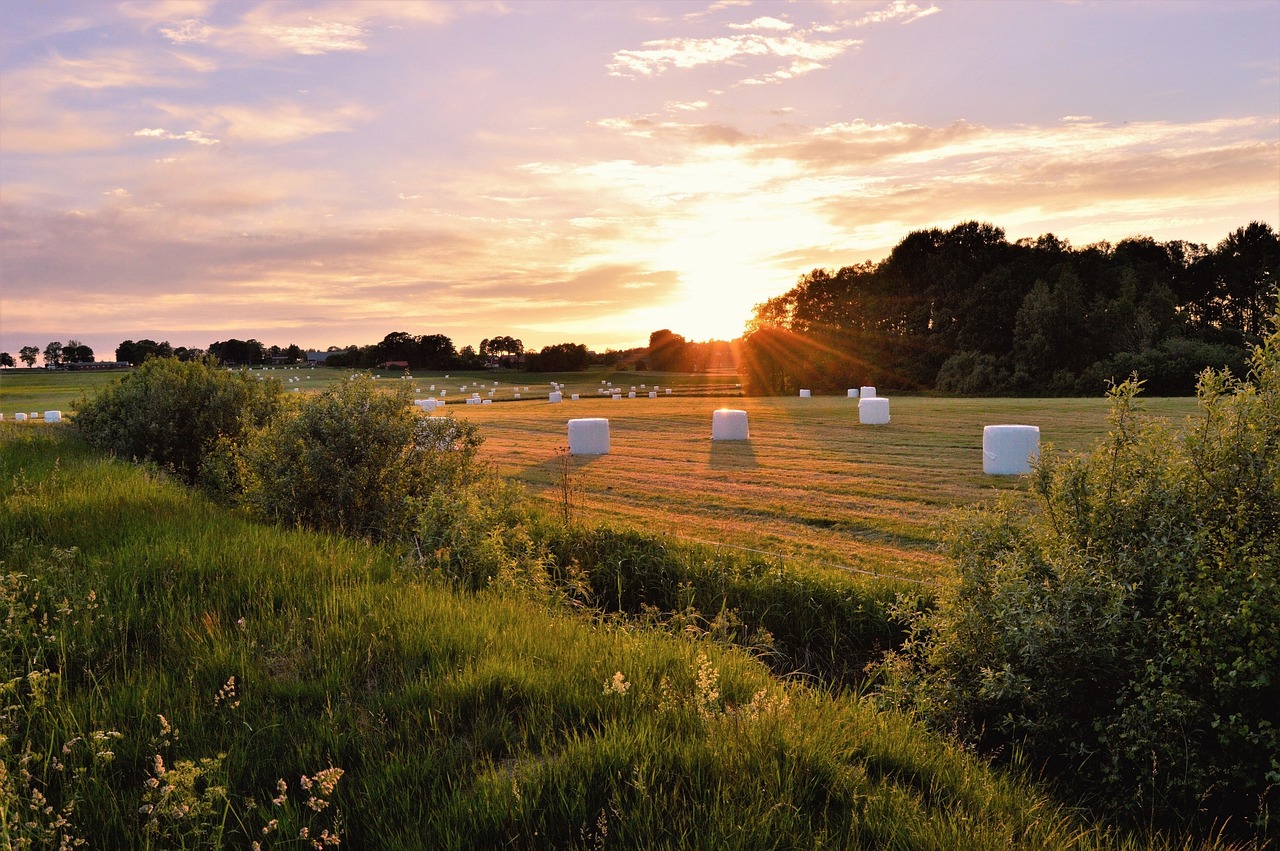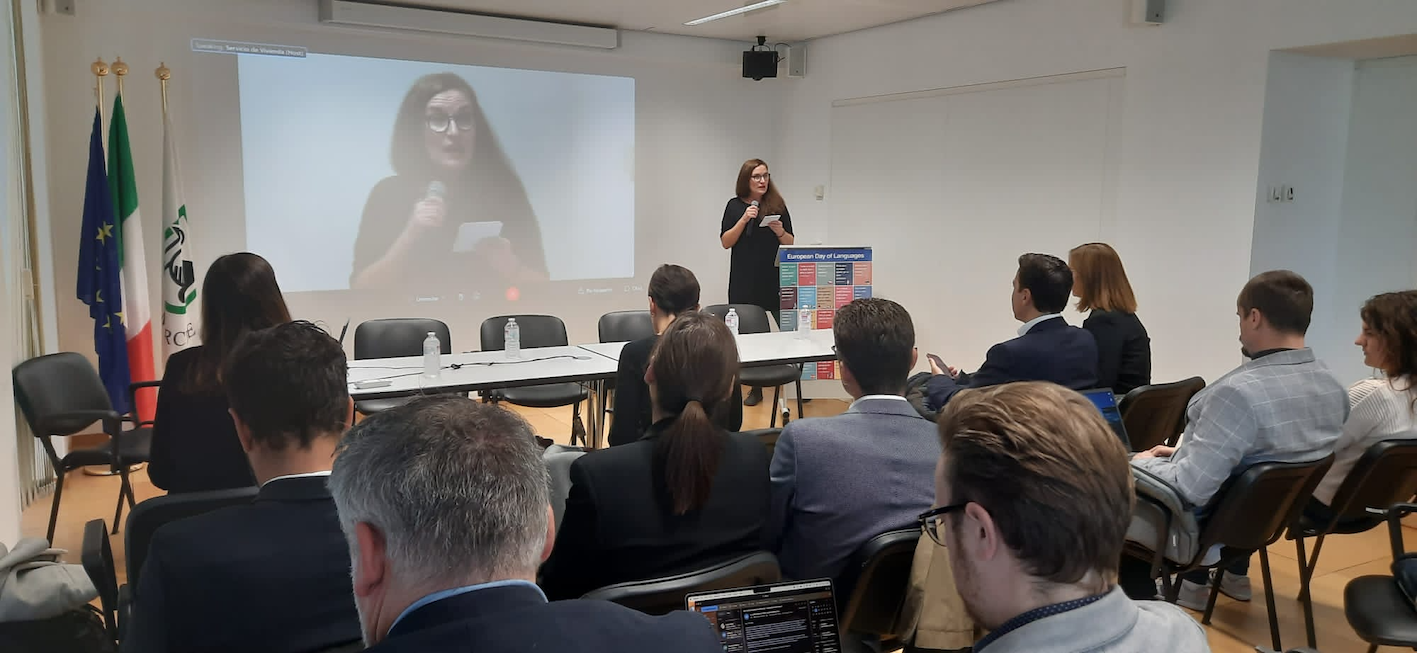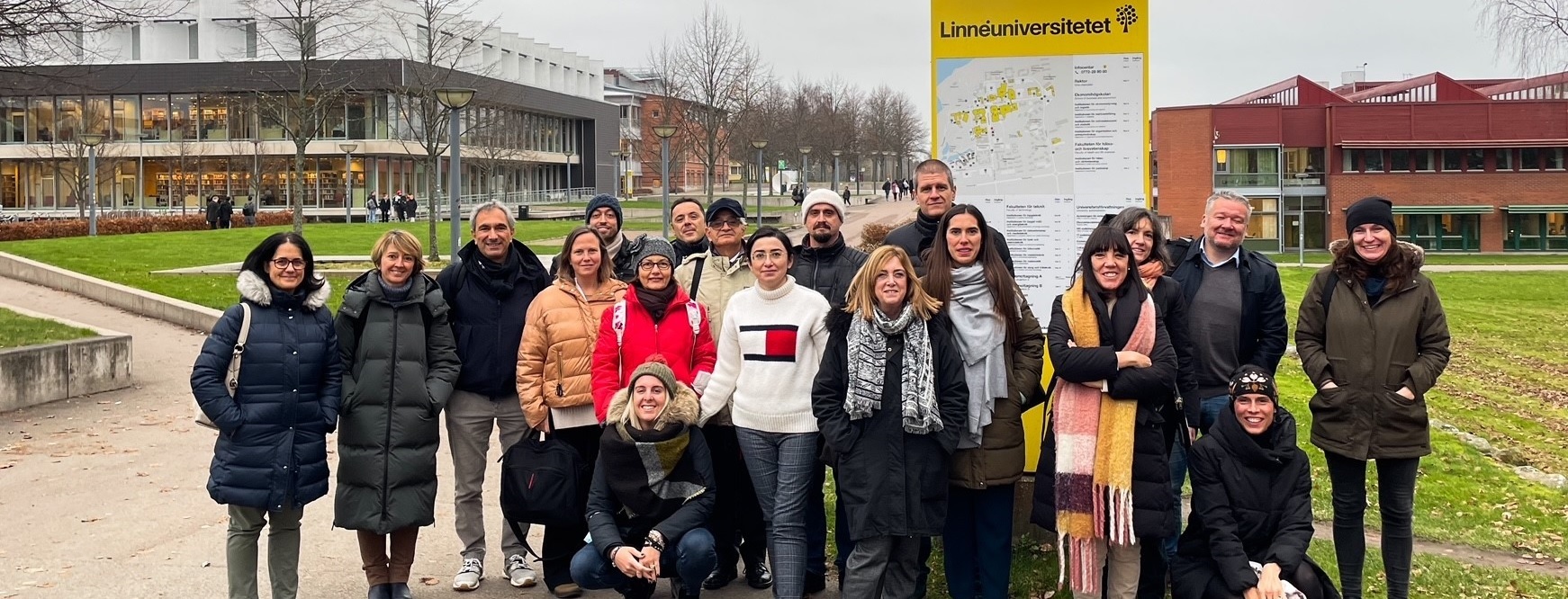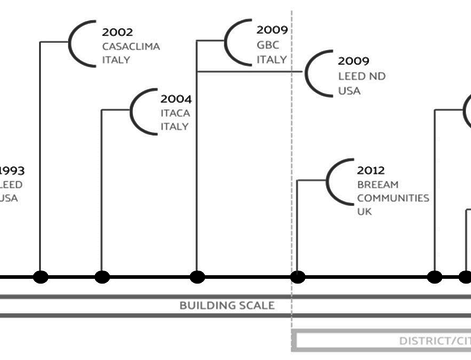Due to the current pandemic situation, it is still not possible to meet in person, but work on the LC Districts project continues and we meet at least online. Another study visit took place on Thursday, January 21, this time organized by our partners from the Zlín region. It was attended by 34 participants, including the entire project consortium as well as important stakeholders from the partner regions.
At the beginning of the meeting, the Zlín region was briefly introduced and the current situation regarding the transition to a low-carbon economy was described by Jan Vidomus, energy specialist from the Energy Agency of the Zlín Region. Two national support programs were also mentioned, which should facilitate the transition to a low-carbon economy: the 2014-2020 Operational Programme Environment and the New Green Savings Programme.
After that, three good practices from the Zlín Region were presented by Tomáš Perutka (EAZK). First, the Energy Action Plan and Energy Efficiency Financing Plan of the Zlín Region was presented. It is a programming document developed by the Energy Agency of the Zlín Region. It is based on the approved strategic documents of the Zlín Region for the area of energy, environment and air protection. The document builds on the current activities of the Energy Agency of the Zlín Region. It defines priority activities and current needs, which will the Energy Agency of the Zlín Region address in next five years in order to achieve the five-year sustainability of the projects implemented by the agency.
The second good practice was a demonstration of construction of a new firehouse in a passive standard in Holešov. The construction was supported by the Operational programme Environment and it is the first fire station in passive standard in the Czech Republic as well as the first passive building of the public sector in the Zlín Region.

The third example of good practice was a set of measures leading to decrease the heat demand of the hospital in Uherské Hradiště. There were 8 investment projects including the construction of two new low-energy buildings, insulation of five original buildings, reconstruction of the central boiler room and piping in the hospital and installation of photovoltaic panels on two new buildings with an output of about 100 kW and preparation for recuperation in building No. 14, including installation of other 118 kW PV on the roof of the building. Many of them were supported by OP Environment.
At the end of the study visit, as always, there was room for questions from participants and sharing experiences. So, a very interesting discussion followed.
